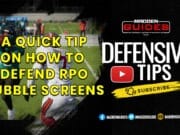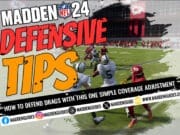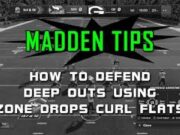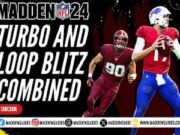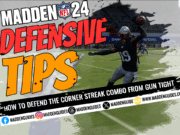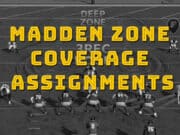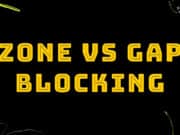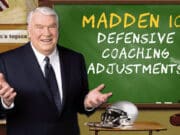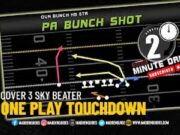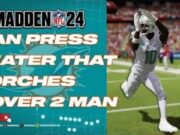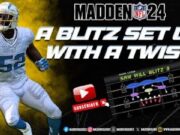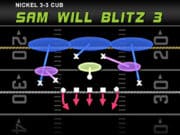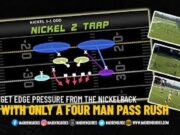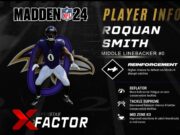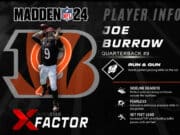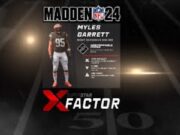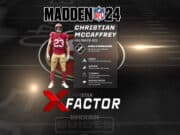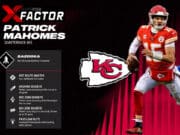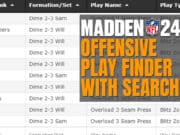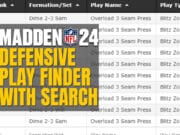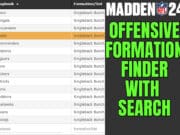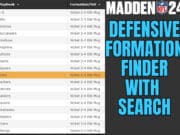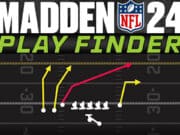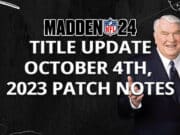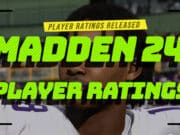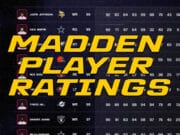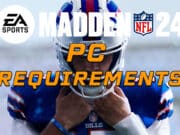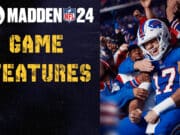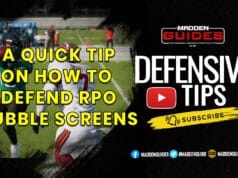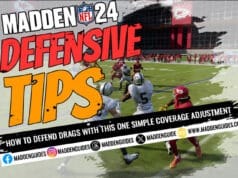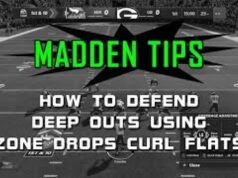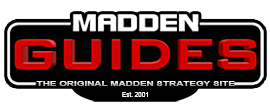In the Madden Tips breakdown for Madden Guides, we look at different types of tip offs to pre-reading the defense in Madden video games. As the quarterback, your job is to recognize these coverages and attack them where they are weakest. Being able to read the defense before the snap can greatly improve your QB rating and increase your chances of winning more games. There are several tip offs to pre-reading the defense in Madden that will allow you to read what your opponent is calling. Knowing what each key is will allow you to know who to throw to before you even snap the ball. We've covered several keys to tip offs to pre-reading the defense in the chart below.
| Pre-Snap Reads | What this means | How to Counter |
| Defensive backs are closer to the receivers than normal coverage | This generally means the secondary is in bump n run coverage. | Bump n Run will disrupt timing routes such as slants, drags, hitches quick out or ins. When they mix in a blitz, it can also be devastating. Learn to step up in the pocket and wait for the receiver to break the jam. Also use motion to allow your receiver to have better chance of getting off the line of scrimmage. |
| Defensive backs are further off the ball than normal | This means the secondary is playing loose coverage. More than likely Cover 4 coverage. | Look to throw quick outs, slants, drags and crossing routes. Look to run inside or outside, since you will have more time to look for holes, before the secondary can help make the tackle. |
| No safeties playing high. | This means the defense is playing Cover 0 defense and is calling a man type blitz. | Run slants to beat this type of coverage or go max protection and look to throw deep. |
| Two safeties playing high, with two corners in press (tight) coverage. | More than likely some form of Cover 2. | Run slants or whip (zig) routes if it looks like man coverage. If it looks like zone coverage, call plays that send 3 or 4 receivers deep. |
| FS or SS moves closer to line of scrimmage without being manually moved. | It means the defense is probably in either Cover 1 or Cover 3 coverage. It also can mean either a safety blitz or a run stopping set up. | Look to run a deep post pattern to where the spot vacated by the safety. When safety is blitzing, you can almost always count on 1 on 1 coverage on the receivers. |
| Linebackers come closer to the line of scrimmage. | Usually means blitz, however, this isn't always the call. If you see the linebackers creeping up before the snap, watch to see if they drop back in coverage after the snap. | If the linebacker is blitzing, look to throw to the area where the linebacker blitzed from. Look to dump it out in the flat area. Run HB screens to counter the aggressiveness of the linebackers blitzing. |
| Defensive line and linebackers shifted to one side or another. | This is called an overload. It can be either a strong or weak side overload. More than likely the defense is sending more defenders on one side than the offensive line can pick up and block. | Look to hot route your backs or TE to the side of the overload. This will give extra pass blockers to protect the QB. If you're trying to run, use counters. |
| Interior linemen are spread out | Puts the defensive line in a better passing rushing situation. Also is used to stop the outside run. | Step up in the pocket to avoid the outside pressure brought on by the defensive ends. Look to run inside on running plays such as a simple dive or draw play. |
| Interior linemen are pinched in. | Puts the defensive line in a better position to stop the inside run. | Look to run outside with such plays as the toss and sweep plays. |

